Art and
Architecture
of Viceregal
Latin America,
15211821
 Other titles on Latin America available from the University of New Mexico Press:
Other titles on Latin America available from the University of New Mexico Press:
Independence in Spanish America: Civil Wars, Revolutions, and Underdevelopment (revised edition)
Jay Kinsbruner
Heroes on Horseback: A Life and Times of the Last Gaucho Caudillos
John Charles Chasteen
The Life and Death of Carolina Maria de Jesus
Robert M. Levine and Jos Carlos Sebe Bom Meihy
Que vivan los tamales! Food and the Making of Mexican Identity
Jeffrey M. Pilcher
The Faces of Honor: Sex, Shame, and Violence in Colonial Latin America
Edited by Lyman L. Johnson and Sonya Lipsett-Rivera
The Century of U.S. Capitalism in Latin America
Thomas F. OBrien
Tangled Destinies: Latin America and the United States
Don Coerver and Linda Hall
Everyday Life and Politics in Nineteenth Century Mexico: Men, Women, and War
Mark Wasserman
Lives of the Bigamists: Marriage, Family, and Community in Colonial Mexico
Richard Boyer
Andean Worlds: Indigenous History, Culture, and Consciousness Under Spanish Rule, 15321825
Kenneth J. Andrien
The Mexican Revolution, 19101940
Michael J. Gonzales
Quito 1599: City and Colony in Transition
Kris Lane
Argentina on the Couch: Psychiatry, State, and Society, 1880 to the Present
Edited by Mariano Plotkin
A Pest in the Land: New World Epidemics in a Global Perspective
Suzanne Austin Alchon
The Silver King: The Remarkable Life of the Count of Regla in Colonial Mexico
Edith Boorstein Couturier
National Rhythms, African Roots: The Deep History of Latin American Popular Dance
John Charles Chasteen
The Great Festivals of Colonial Mexico City: Performing Power and Identity
Linda A. Curcio-Nagy
The Souls of Purgatory: The Spiritual Diary of a Seventeenth-Century Afro-Peruvian Mystic, Ursula de Jess
Nancy E. van Deusen
Dutras World: Wealth and Family in Nineteenth-Century Rio de Janeiro
Zephyr L. Frank
Death, Dismemberment, and Memory: Body Politics in Latin America
Edited by Lyman L. Johnson
Plaza of Sacrifices: Gender, Power, and Terror in 1968 Mexico
Elaine Carey
Women in the Crucible of Conquest:
The Gendered Genesis of Spanish American Society, 15001600
Karen Vieira Powers
Beyond Black and Red: African-Native Relations in Colonial Latin America
Edited by Matthew Restall
Mexico OtherWise: Modern Mexico in the Eyes of Foreign Observers
Edited and translated by Jrgen Buchenau
Local Religion in Colonial Mexico
Edited by Martin Austin Nesvig
Malintzins Choices: An Indian Woman in the Conquest of Mexico
Camilla Townsend
From Slavery to Freedom in Brazil: Bahia, 18351900
Dale Torston Graden
Slaves, Subjects, and Subversives: Blacks in Colonial Latin America
Edited by Jane G. Landers and Barry M. Robinson
Private Passions and Public Sins: Men and Women in Seventeenth-Century Lima
Mara Emma Mannarelli
Making the Americas: The United States and Latin America from the Age of Revolutions to the Era of Globalization
Thomas F. OBrien
Remembering a Massacre in El Salvador: The Insurrection of 1932, Roque Dalton, and the Politics of Historical Memory
Hctor Lindo-Fuentes, Erik Ching, and Rafael A. Lara-Martnez
Raising an Empire: Children in Early Modern Iberia and Colonial Latin America
Ondina E. Gonzlez and Bianca Premo
Christians, Blasphemers, and Witches: Afro-Mexican Rituals in the Seventeenth Century
Joan Cameron Bristol
Series advisory editor: Lyman L. Johnson,
University of North Carolina at Charlotte
Art and Architecture
of Viceregal Latin America,
15211821
Kelly Donahue-Wallace
UNIVERSITY OF NEW MEXICO PRESS  ALBUQUERQUE
ALBUQUERQUE
ISBN for this digital edition: 978-0-8263-3460-2
2008 by the University of New Mexico Press
All rights reserved. Published 2008
14 13 12 11 10 09 08 1 2 3 4 5 6 7
Printed in the United States of America
The Library of Congress has cataloged the printed edition as follows:
Donahue-Wallace, Kelly, 1968
Art and architecture of viceregal Latin America : 15211821 / Kelly Donahue-Wallace. 1st ed.
p. cm. (Dilogos)
Includes bibliographical references and index.
ISBN 978-0-8263-3459-6 (pbk. : alk. paper)
1. Art, ColonialLatin America.
2. Art, Latin American.
I. Title.
N6502.2.D66 2008
709.809031dc22
2007040603
Book design and type composition by Melissa Tandysh Composed in 11.25/13.5 Fournier MT Std Display type is Avenir
All artwork in this book is in the public domain. Copyright statements refer to the providers of the photographs.
FOR RANDY, ANNIE, AND TAD
CONTENTS
LIST OF FIGURES
COLOR PLATES
PREFACE
M y interest in authoring a book on colonial Latin American art and architecture grew over several years of teaching the material to undergraduates. Even as colleges and universities added Latin Americas viceregal period to their curricula, we nevertheless lacked adequate texts to accompany the course. The purpose of Art and Architecture of Viceregal Latin America, therefore, is to serve the college classroom, as well as the general reader looking for a broad survey of this fascinating and complicated era.
Like any text of its kind, Art and Architecture of Viceregal Latin America relies on a vast array of learned authorities from around the globe. My goal in writing has been to bring together their research, frequently presenting a variety of interpretations of the objects and monuments, to offer readers a summary of some, though definitely not all, of the scholarship on the topic. This book is particularly indebted to the foundational giants of colonial art history. These scholars are too many to mention here, but include George Kubler, Francisco de la Maza, Howard Wethey, Pal Keleman, Manuel Toussaint, Martin Soria, and Santiago Sebastin. The text also relies on the inspired writings of more recent scholars whose publications have enriched this still underresearched field of study. Among this group are Elisa Vargaslugo, Jos de Mesa, Teresa Gisbert, Clara Bargellini, Tom Cummins, Carolyn Dean, Susan Verdi Webster, Jaime Cuadriello, Elena Isabel Estrada de Gerlero, Donna Pierce, Marcus Burke, Gustavo Curiel, Luisa Elena Alcal, Michael Schreffler, Ilona Katzew, Barbara Mundy, Dana Leibsohn, Sofia Sanabrais, and Guillermo Tovar de Teresa.
Since Art and Architecture of Viceregal Latin America began its life in my classroom, its organization and tone reflect my approach to teaching. The book maintains a chronological presentation because there are fundamental differences between the early and later colonial periods, particularly between the contact or evangelical era and those that followed. A less natural aspect of the books organization is its presentation of the works by medium. This separation seems particularly awkward in the discussions of sixteenth-century art, with architecture and its sculpture in one chapter and mural painting in another, even though viewers experienced all three at once. In the writing process, however, it became clear that these issues needed to be considered separately so as not to gloss over aspects of production, function, and reception associated with each medium or to overwhelm the reader with an excessively long chapter.




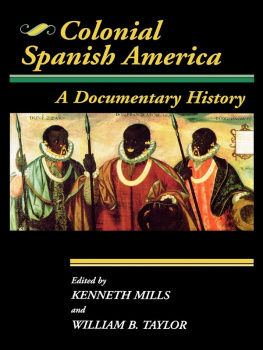
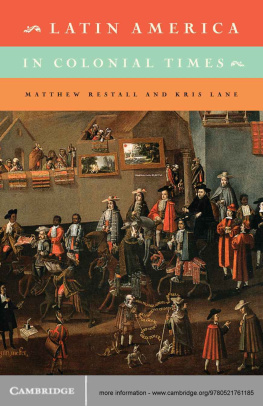
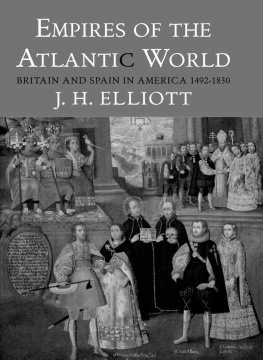
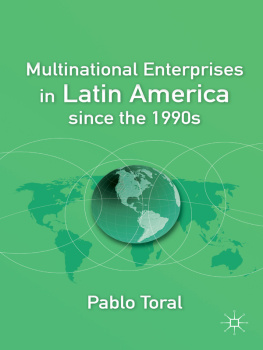
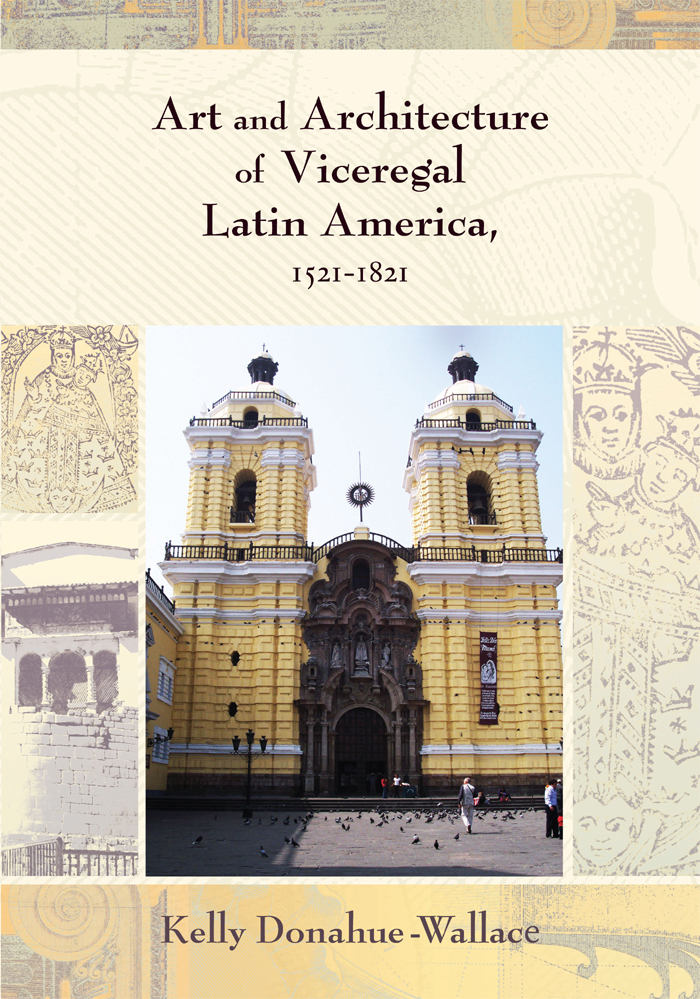
 Other titles on Latin America available from the University of New Mexico Press:
Other titles on Latin America available from the University of New Mexico Press: ALBUQUERQUE
ALBUQUERQUE